Lower back muscles
On page cat links
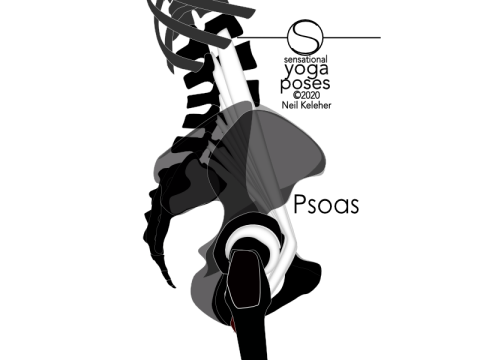
Lower back muscles include muscles that attach directly to the lumbar spine. They also include muscles that cross the lumbar spine without actually connecting to the lumbar vertebrae.
On page cat links

Lower back muscles include muscles that attach directly to the lumbar spine. They also include muscles that cross the lumbar spine without actually connecting to the lumbar vertebrae.
Lower back muscles that attach directly to the front of the lumbar spine include the psoas, quadratus lumborum and the respiratory diaphragm.

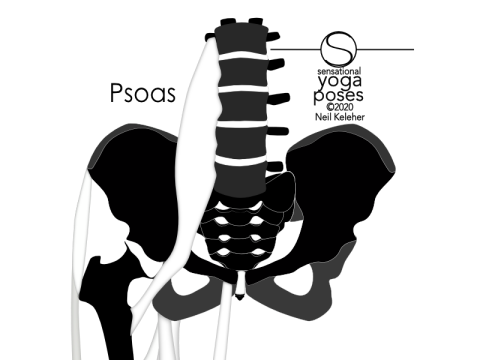
Psoas crosses the front of the hip bone to attach to the femur.
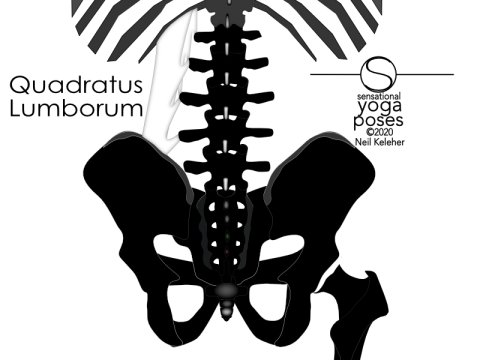
Quadratus lumborum attaches to the lumbar vertebrae from the hip bone and also from the lowest pair of ribs.

The diaphragm attaches to the lumbar vertebrae from above.
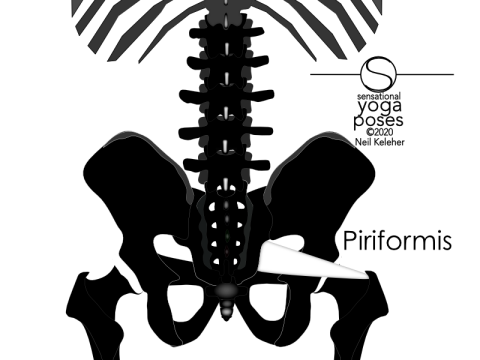
Note, if we include or think of the sacrum and coccyx as an extension of the lumbar spine, then we can also include the piriformis in this list.
Piriformis attaches to the front surface of the sacrum. It passes forwards and downwards through the greater sciatic notch at the back of the hip bone. From there it attaches to the femur.
Lower back muscles that attach directly to the back of the lumbar vertebrae includes the multifidus, the iliocostalis lumborum pars lumborum, the longissimus thoracis pars lumborum, the serratus posterior inferior and the latissimus dorsai.

The multifidus reaches upwards from the hip bones, sacrum and the mamilary processes to attach to the spinous process of a lumbar vertebrae two or more levels above.
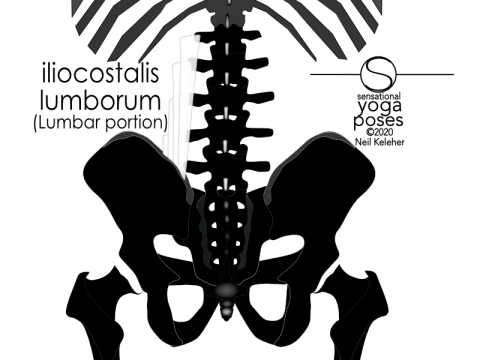
The iliocostalis lumborum pars lumborum is a subsection of the iliocostalis lumborum. This portion of the muscle extends upwards from the back of the hip crest to attach to the tips of the lumbar transverse processes.
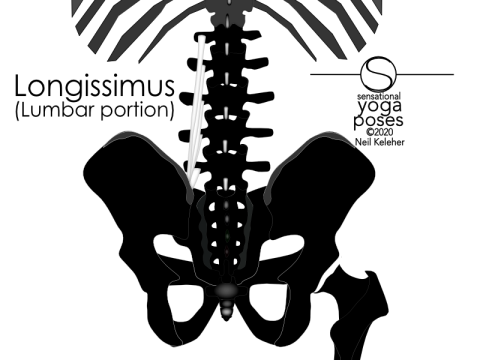
The longissimus thoracis pars lumborum is a subsection of the longissimus thoracis. It extends upwards from the back of the hip crest to attach to the lumbar transverse processes.
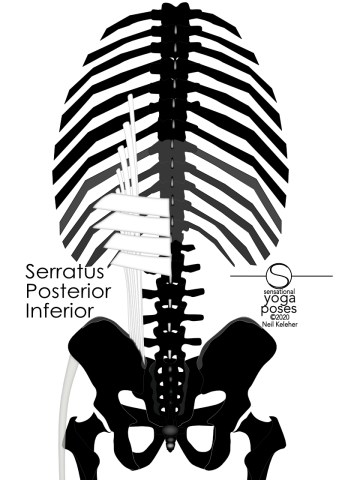
The serratus posterior inferior reaches downwards and inwards from the bottom four pairs of ribs. It attaches to the lower two thoracic vertebrae. It also attaches to the spinous process of the upper two lumbar vertebrae.
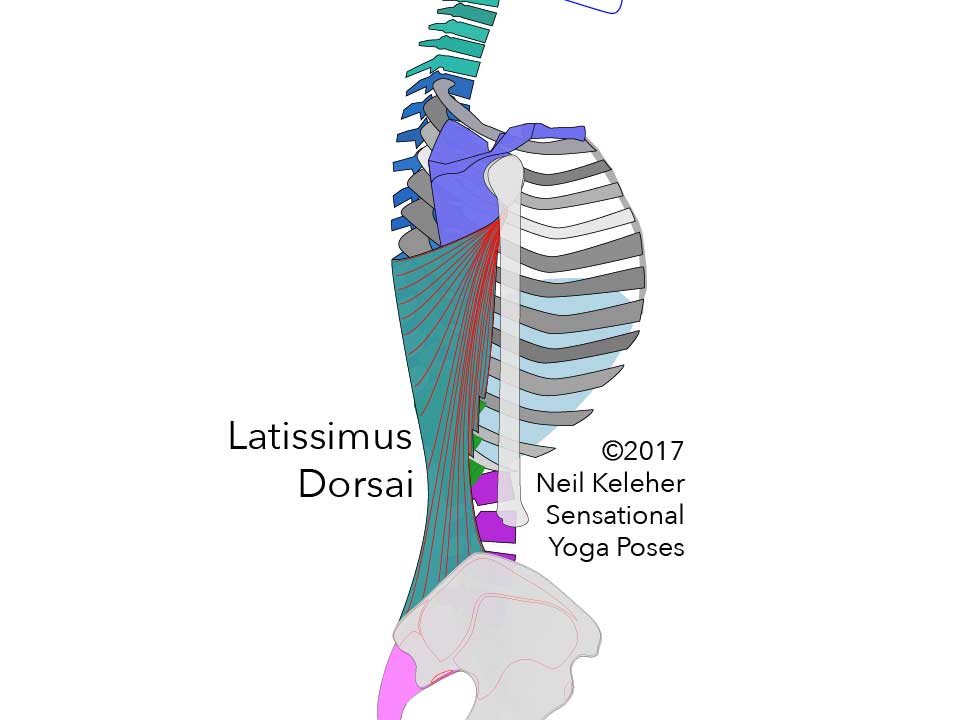
The lattisimus dorsai reaches down from the inner aspect of the humerous to attach to the spinous processes of the lumbar vertebrae. (It also has attachments to the hip bones, the spinous processes of the lower thoracic vertebrae and the lower three ribs.)
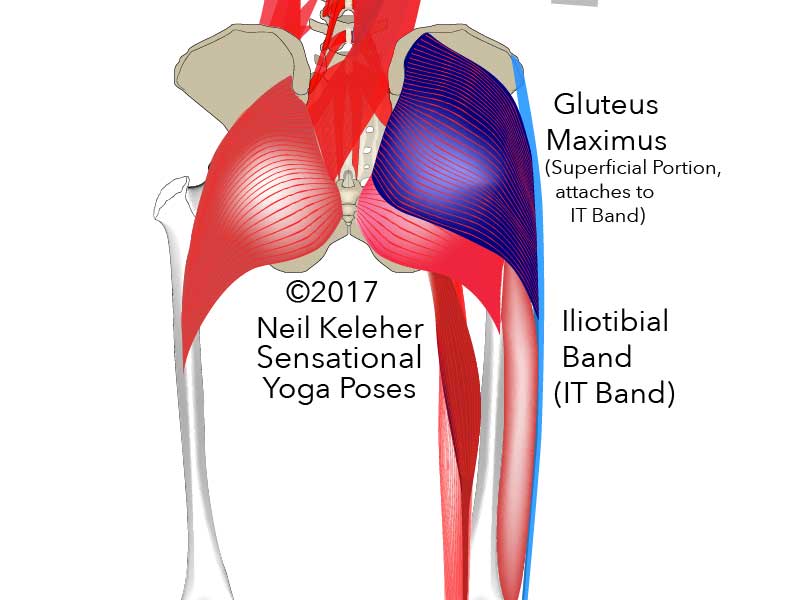
Again, if we include the sacrum as part of the lumbar spine, then we can also include the gluteus maximus in this list of muscles.
As an added incentive to include the gluteus maximus as a lower back muscle, the latissimus dorsai has some fibers that cross the midline at about the level of the sacrum or L5 to blend with fibers of the opposite side gluteus maximus.

There are also deeper muscles that attach between adjacent vertebrae. These include the intertransverse muscles which attach between the transverse processes of adjacent lumbar vertebrae and the interspinalis which attach between the spinous processes of adjacent lumbar vertebrae.

Another muscle that attaches directly to the lumbar vertebrae is the transverse abdominis. This muscle wraps around the waist from front to back. It's fibers pass behind the quadratus lumborum and psoas and in front of the longissimus and iliocostalis muscles.
Muscles that cross in front of the lumbar spine include the internal obliques, external obliques and the rectus abdominis.
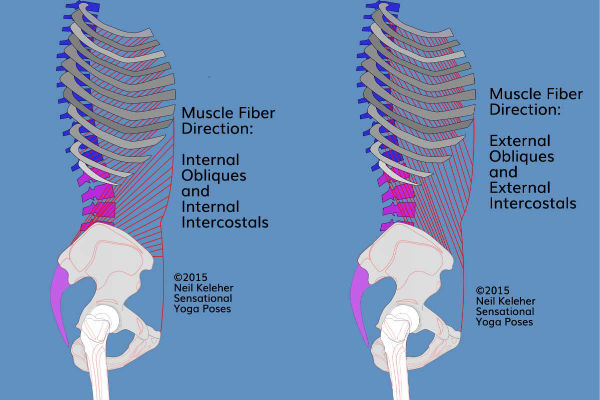
The external obliques pass forwards downwards from the ribs to attach to the hip bone and the linea alba.
The internal obliques pass downwards and rearwards from the ribs to attach to the hip bones.
Muscles that cross the back of the lumbar spine include the iliocostalis lumborum pars thoracis and longissimus thoracis pars thoracis.
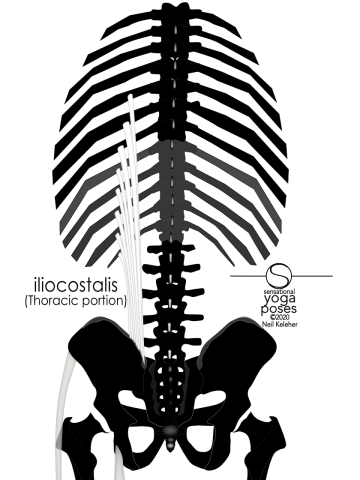
Iliocostalis lumborum pars thoracis is the thoracic subsection of the iliocostalis lumborum. This muscle extends upwards from the back of the hip crest to attach to the backs of the lower 9 ribs.

Longissimus thoracis pars thoracis is the thoracic component of the longissimus thoracis. It reaches upwards from the back of the sacrum, plus from the spinous processes of the lower three lumbar vertebrae to attach to the transverse processes of the thoracic vertebrae as well as the backs of the ribs.
